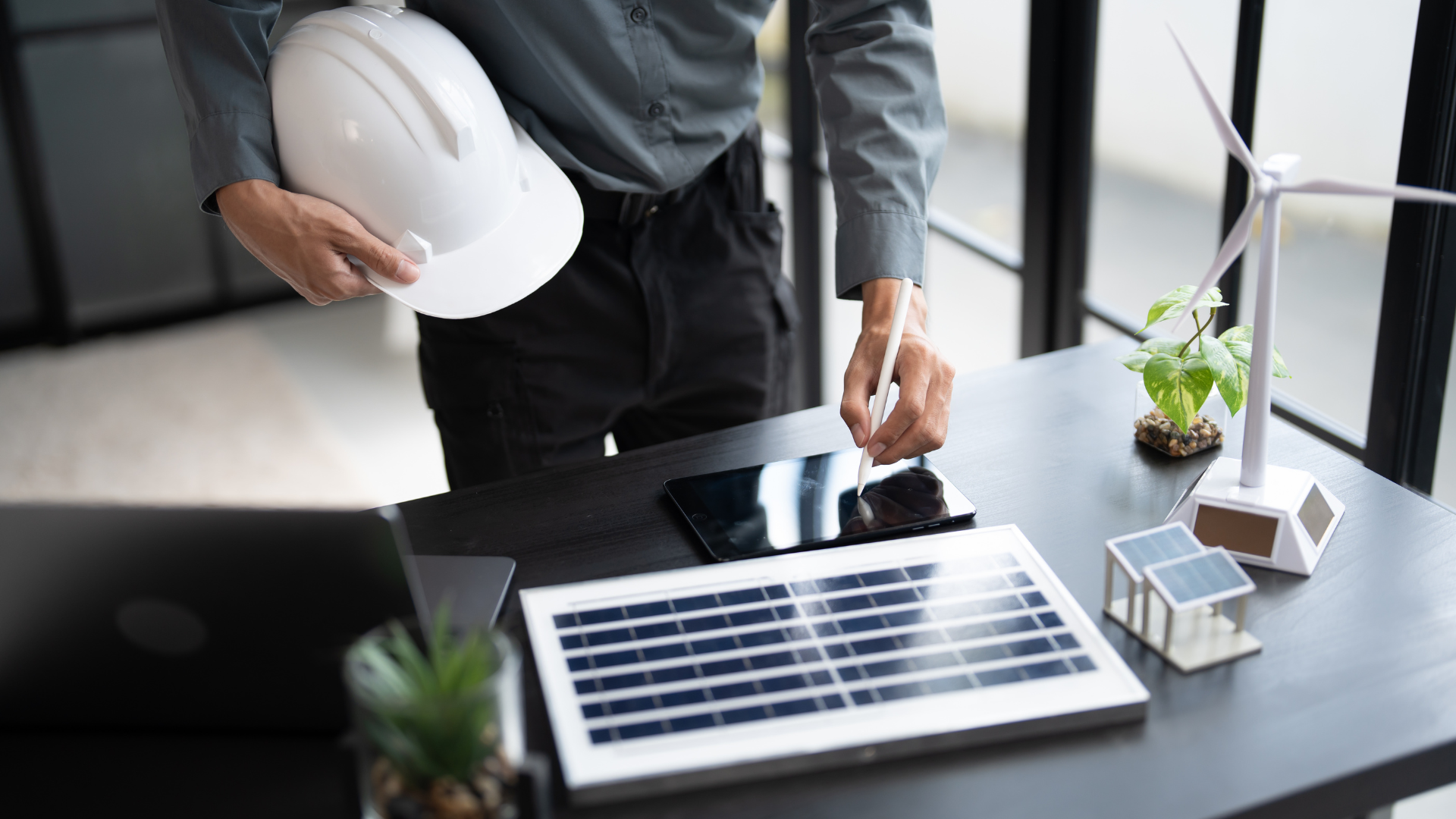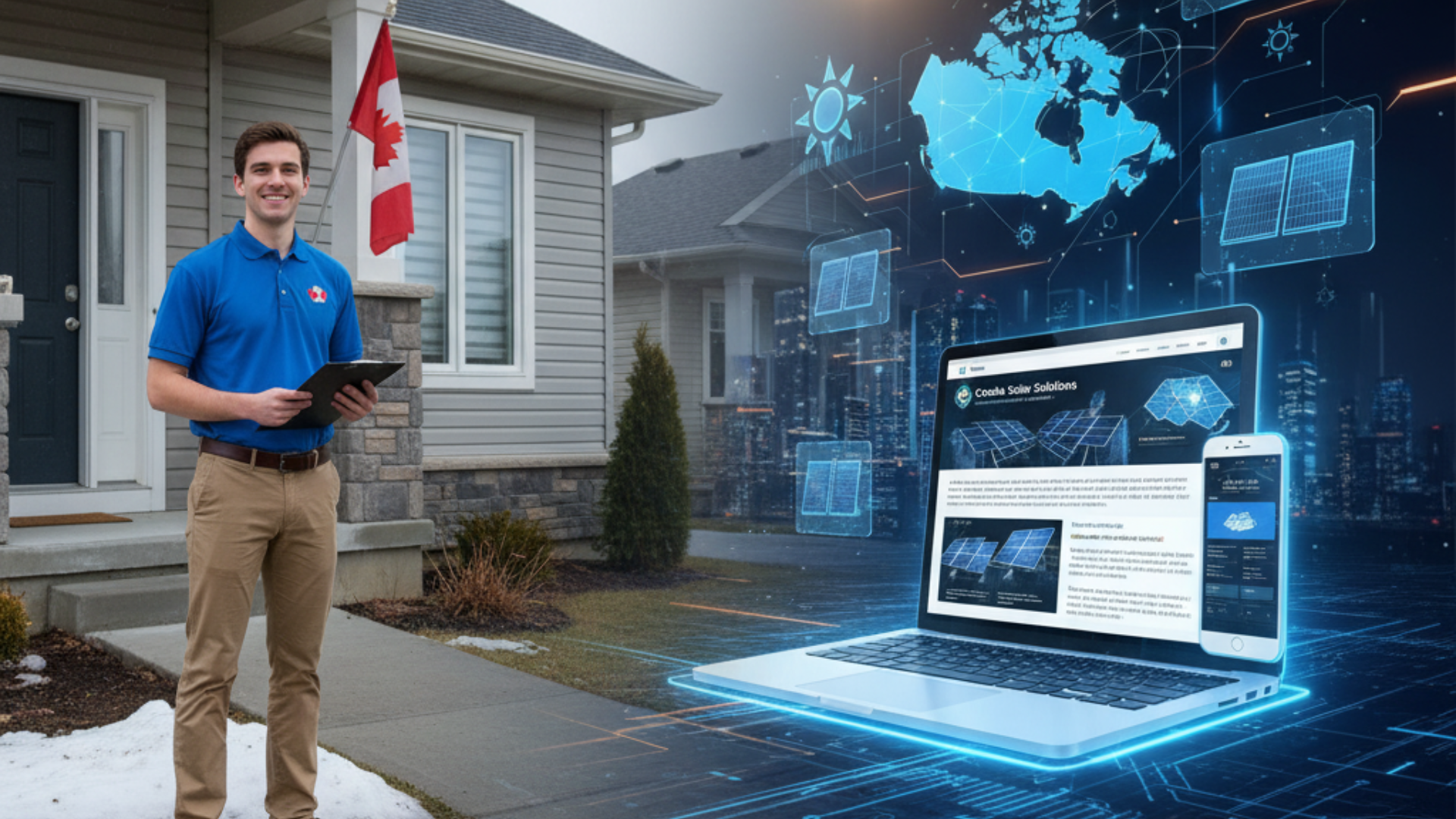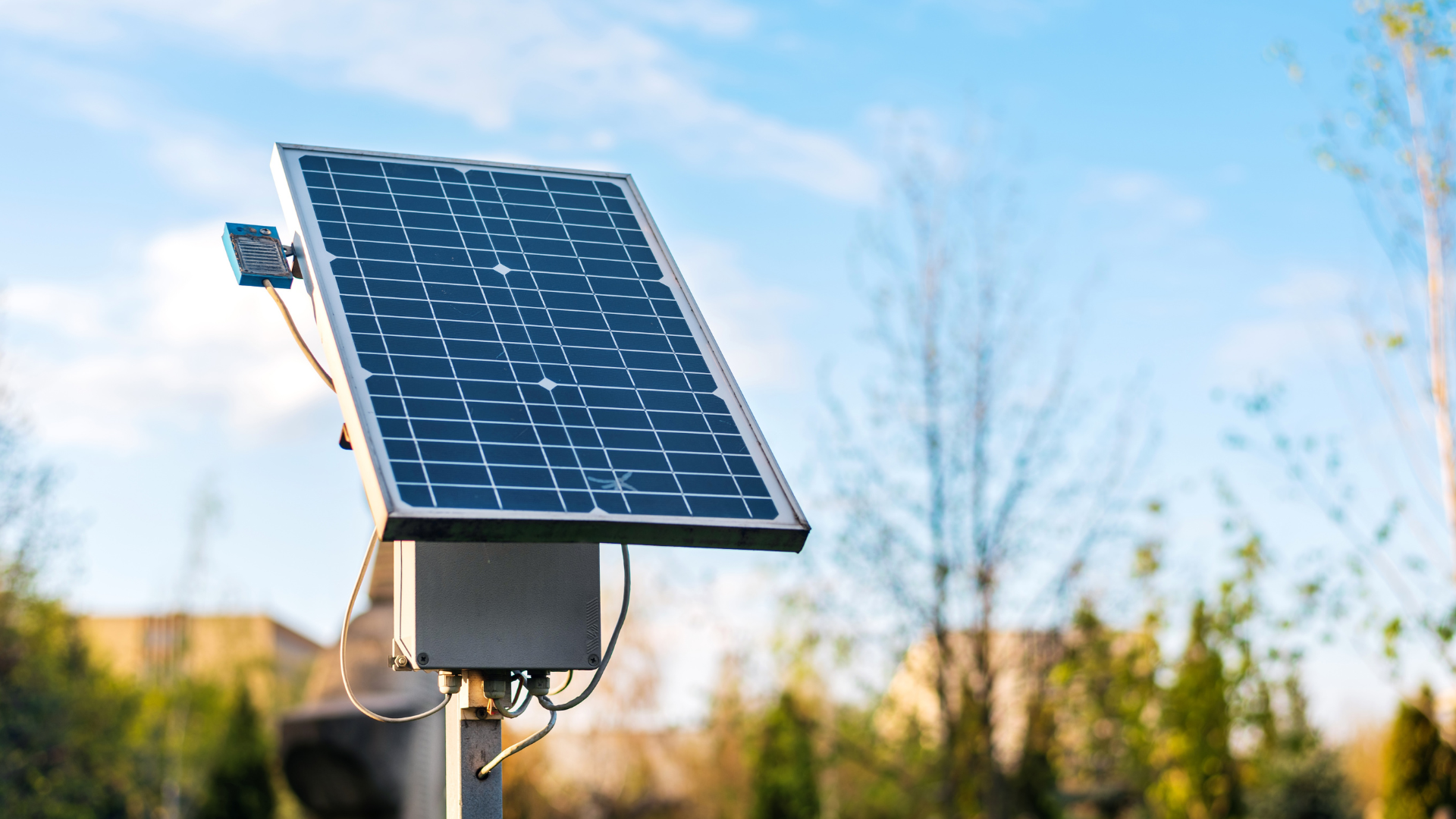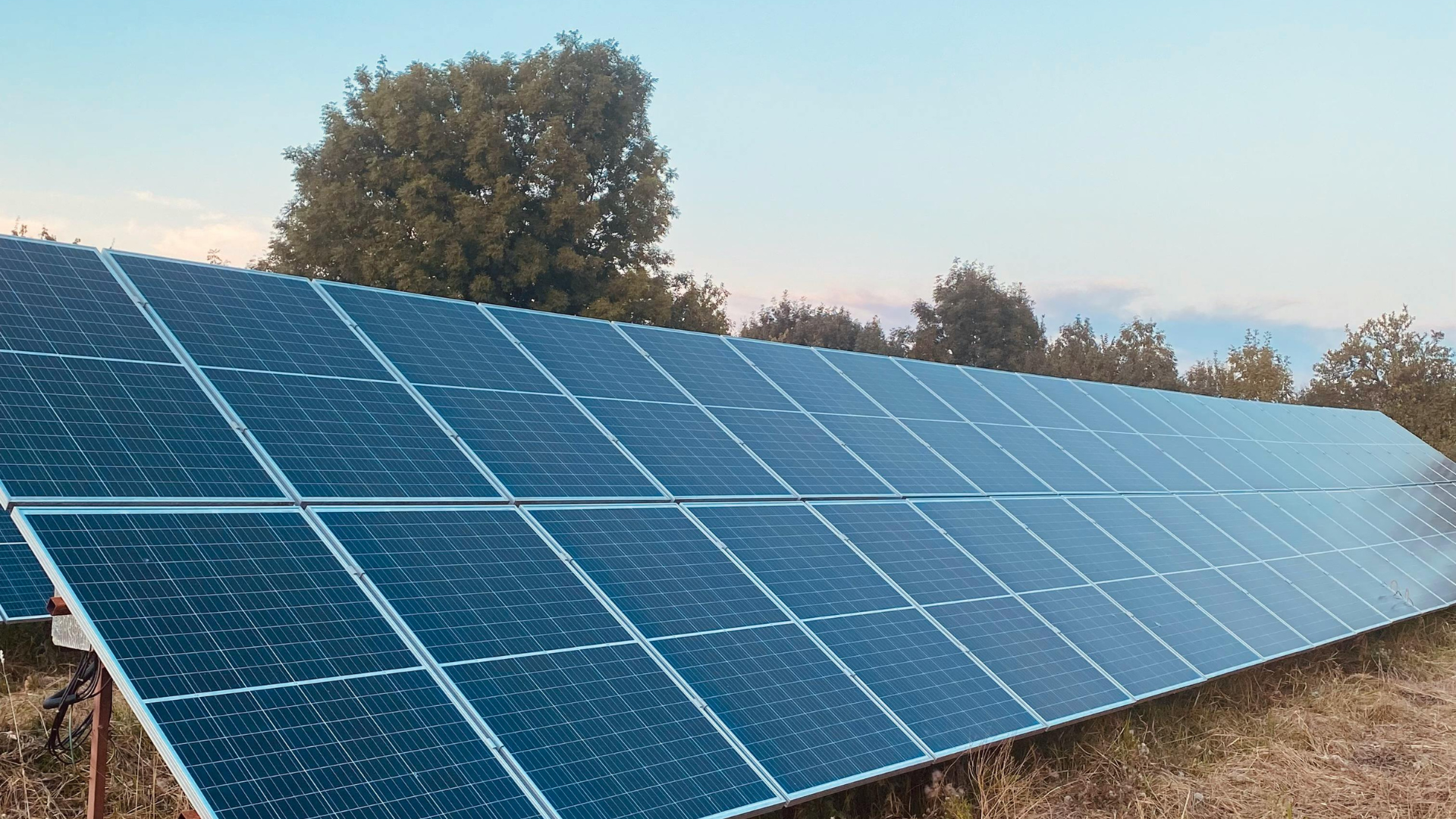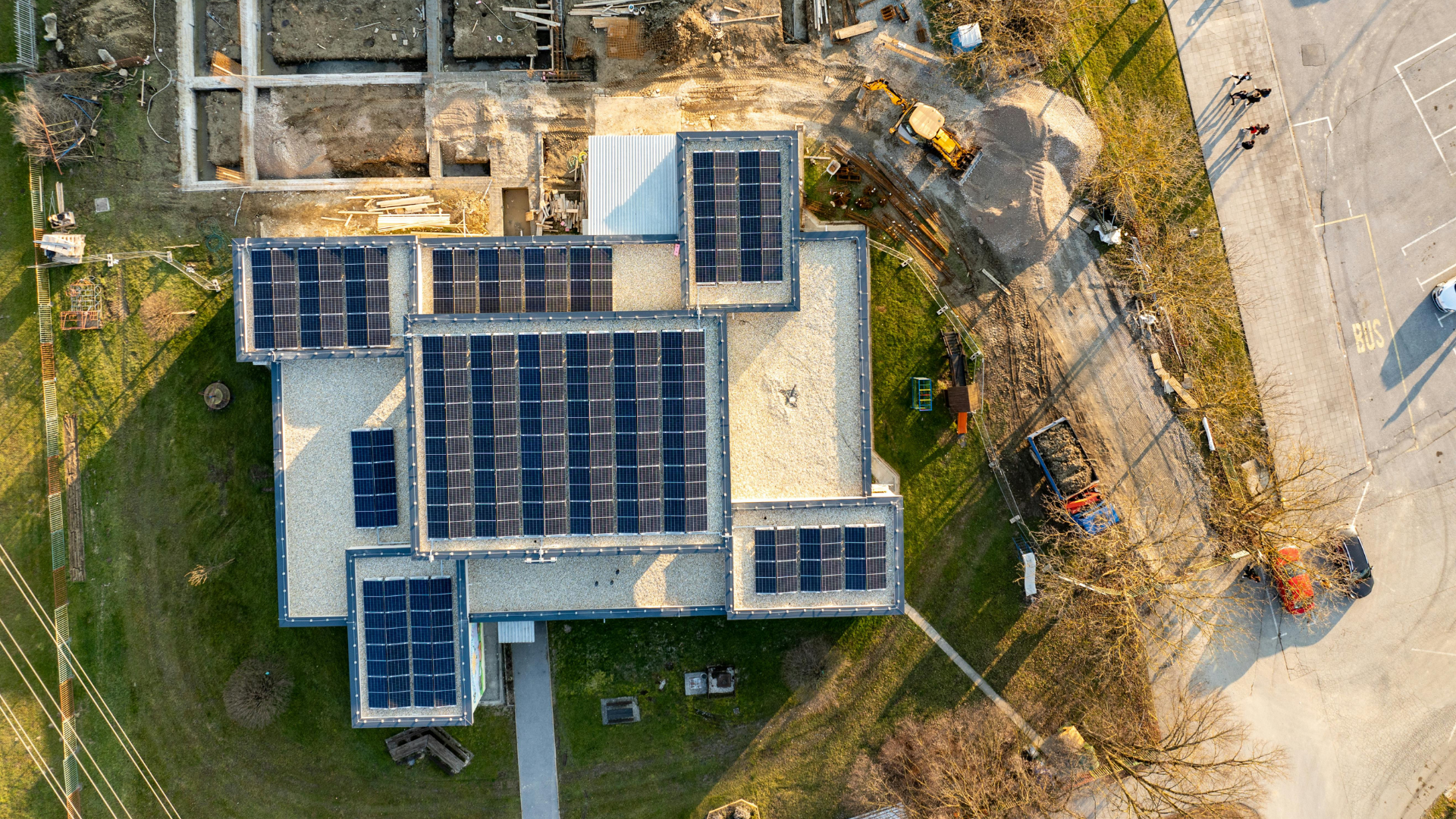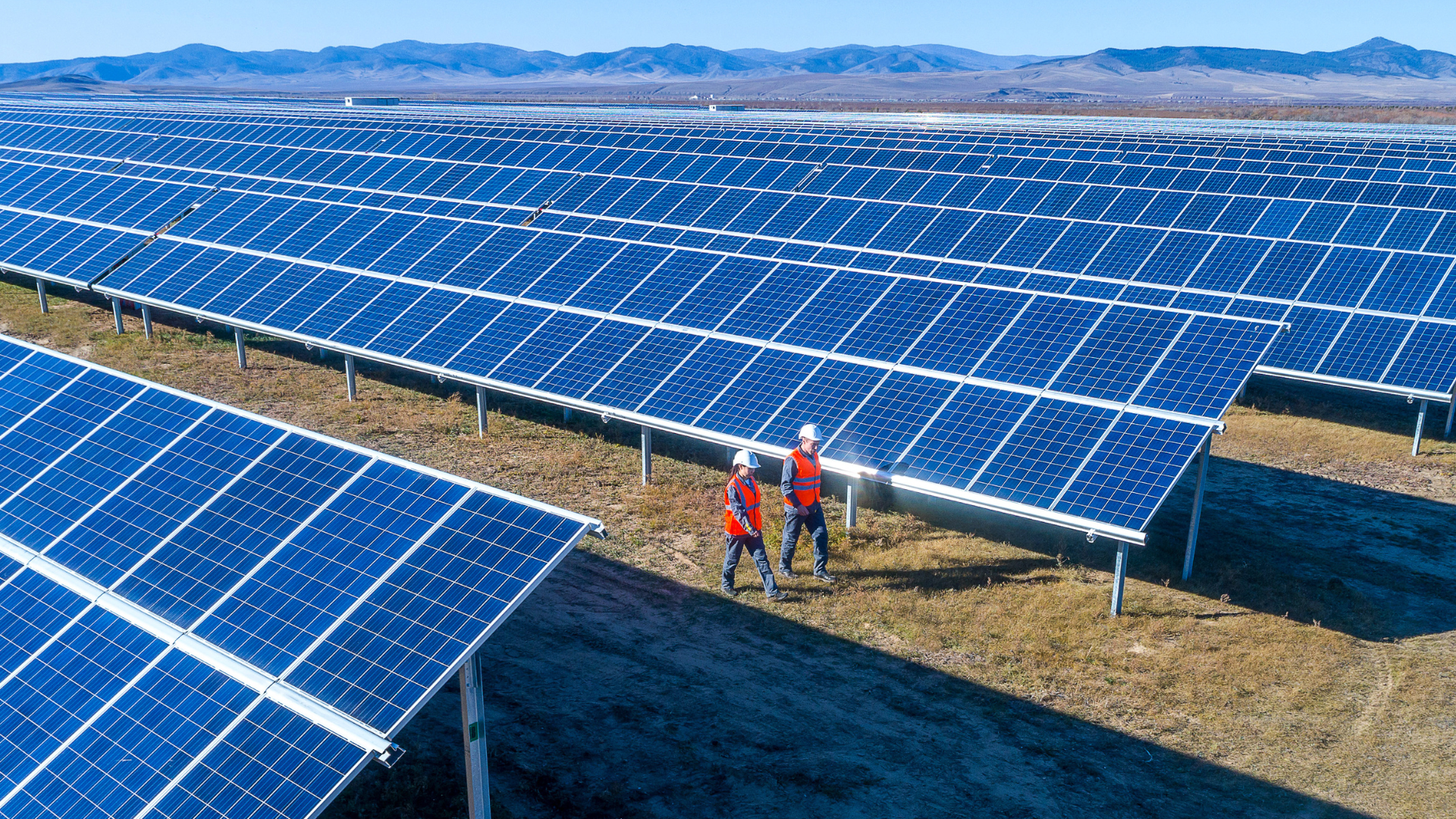August 11, 2023
The installation of a solar power system is a complex and multi-step process that requires careful planning, design, and execution.
From assessing the site and selecting the right components to testing and commissioning the system, every step must be carried out correctly to ensure a safe and efficient installation.
Whether you are a homeowner or a business owner, understanding the solar installation process is essential to ensure that your system is installed correctly and will operate at peak performance.
Let's take a comprehensive look at the solar installation process, from design to commissioning, to help you understand what to expect during the installation of your solar power system.
Solar Installation Process Made Easy: What to Expect Start to Finish
Thinking about solar, but not sure what actually happens between signing the contract and flipping the switch? The solar installation process isn’t as mysterious as it sounds; it’s a step-by-step journey that covers design, permits, installation, and commissioning.
In this guide, we’ll walk you through each stage with clarity and practical insights so you’ll know exactly what to expect before your panels start powering up your world.
Key Takeaways
- Solar installation is a step-by-step process: From design and permits to installation, testing, and commissioning, each stage ensures your system runs safely and efficiently.
- Professional guidance matters: Working with certified solar installers helps avoid mistakes, secure permits smoothly, and guarantee peak system performance.
- Post-installation care is essential: Regular monitoring, inspections, and cleaning keep your panels producing maximum energy year-round.
- Solar pays off long-term: Beyond reducing electricity bills, a well-installed system boosts property value and contributes to a sustainable future.
Importance Of Solar Installation
The installation of solar panels can have a significant impact on the environment, the economy, and individual households. By investing in a solar energy system, homeowners and businesses can contribute to a more sustainable future while saving money on their electricity bills.
Solar installation is important for several reasons, including:
1. Reducing reliance on non-renewable energy sources:
The installation of solar equipment allows homeowners and businesses to generate their electricity from a renewable and sustainable source, reducing their reliance on non-renewable energy sources such as fossil fuels.
2. Lowering electricity bills:
Solar energy is a cost-effective alternative to traditional electricity, and installing solar panels can significantly reduce electricity bills for homeowners and businesses.
3. Increasing property value:
Solar panels can increase the value of a property, as they are seen as an attractive feature for potential buyers who are looking for energy-efficient homes.
4. Contributing to a sustainable future:
Solar energy is a clean and sustainable energy source that reduces greenhouse gas emissions, contributing to a more sustainable future for the planet.
5. Creating job opportunities:
The growth of the solar industry has created job opportunities for people in a variety of fields, including installation, maintenance, and research and development.
Check our blog to learn more about how to Simplify Solar Installations with AI Solar Software
Pre-Installation Process
By completing these steps before installation begins, homeowners and businesses can ensure that their solar power system is designed to meet their specific energy needs and that the installation process will proceed smoothly.
It is recommended that a professional solar installer handle the pre-installation process to ensure that the system is designed and installed correctly. These steps include:
1. Initial consultation:
Contact a reputable solar installation company to schedule an initial consultation. During this consultation, you can discuss your energy needs, budget, and any specific requirements or concerns you may have.
The solar company will assess your property's suitability for solar installation, considering factors such as available roof space, shading, and orientation.
2. Site visit and assessment
A solar professional will visit your property to perform a detailed site assessment. They will examine your roof's condition, its structural integrity, and determine the optimal placement and configuration for the solar panels.
They will also evaluate the electrical system to ensure compatibility with the solar panel installations.
3. Proposal and system design
Based on the site assessment, the solar company will provide you with a proposal that includes system specifications, estimated energy production, project timeline, and cost details.
This proposal will outline the type and number of solar panels, solar panel mounts, solar inverters, solar batteries, and any additional components required for your specific installation.
4. Financing and permits
If you decide to move forward with the solar installation, you will discuss financing options with the solar company. They can provide information on available incentives, rebates, and financing programs.
Additionally, they will handle the necessary paperwork and permits required for the installation, such as building permits and interconnection agreements with the local utility company.
5. Preparing the Site
The installation site is prepared by removing any obstacles and ensuring that the roof or ground is clear of debris. If necessary, the roof or ground may also be reinforced to ensure it can support the weight of the solar panels.
Solar Panel Installation Process
To install solar panels, several steps must be carried out correctly to ensure a safe and efficient installation.
By following these steps, a professional solar installer can ensure that the solar power system is installed correctly, safely, and efficiently. Once the installation process is complete, the system can generate electricity and provide a clean, sustainable source of energy for the property.
1. Installation
Once the permits are obtained, the solar installation team will schedule a date for the installation. They will begin by preparing the roof, if required and installing the mounting equipment.
Next, they will carefully place and secure the solar panels on the mounting system, ensuring proper alignment and wiring connections. Inverter(s), which convert the DC energy produced by the panels into AC electricity, will be installed as well.
The installation team will also install a metering system to measure energy production and a system to connect the solar installation to the electrical grid.
2. Electrical connection
After the physical installation is complete, the system will need to be connected to the electrical grid. This involves working with your utility company to ensure proper interconnection and to finalize any necessary agreements.
The utility company will inspect and approve the solar installation to ensure it meets safety and regulatory requirements.
3. Testing and commissioning
Once the solar system is connected to the grid, it will undergo thorough testing to ensure it is functioning optimally and safely.
The solar installation team will perform tests to verify that all components are working correctly, including the panels, inverters, and monitoring systems. They will also conduct a comprehensive system performance evaluation.
4. System activation and monitoring
Once the system has passed all the tests and inspections, it will be activated, and you can start generating solar energy. The solar company will provide you with instructions on how to monitor the system's performance and how to interpret the energy production data.
Post-Installation Process
The post-installation process for solar power systems is essential to ensure that the system continues to operate efficiently and effectively.
By carrying out these steps, homeowners and businesses can ensure that their solar power system is operating at peak performance and generating the maximum amount of electricity possible.
Regular maintenance and monitoring can also help to identify any issues or problems with the system, allowing them to be addressed before they become more significant issues.
1. Inspection and Monitoring
After installation, the system should be inspected and monitored regularly to ensure that it is generating electricity at the expected rate. This includes monitoring the energy output, checking for any signs of damage or wear, and testing the battery's performance.
2. Maintenance and Upkeep
Regular maintenance is necessary to keep the solar power system functioning correctly. This includes cleaning the panels, checking the wiring and connections, and ensuring that all components are working correctly.
It is recommended that maintenance be carried out annually by a professional solar installer.
Maximizing Solar Energy Output
To maximize solar energy output, there are several key factors to consider. Here are some strategies you can implement:
1. Positioning and orientation:
Ensure that your solar panels are installed in a location that receives maximum sunlight throughout the day.
The panels should ideally face south (in the northern hemisphere) or north (in the southern hemisphere) to capture the most sunlight. Avoid shading from trees, buildings, or other objects that can obstruct the panels.
2. Tilt angle:
Adjust the tilt angle of your solar panels based on your geographical location. The angle should be optimized to receive the most sunlight throughout the year. There are online tools available that can help you determine the optimal tilt angle based on your latitude.
3. Regular cleaning and maintenance:
Keep your solar panels clean to maximize their efficiency. Dust, dirt, and debris can reduce the amount of sunlight reaching the panels. Regularly clean the surface of the panels with water and a soft brush or sponge.
Additionally, inspect your panels for any damage or shading caused by nearby vegetation and trim or remove them if necessary.
4. Monitoring and optimizing performance:
Install a solar monitoring system to track the performance of your solar panels. This system can provide real-time data on energy production, allowing you to identify any issues or inefficiencies promptly.
By monitoring the performance, you can take necessary steps to optimize the output, such as identifying and fixing any faulty panels or connections.
5. Battery storage:
Consider investing in battery storage to store excess energy generated by your solar panels. Batteries allow you to store energy during peak production periods and use it when sunlight is limited or during nighttime.
This can maximize your overall energy utilization and reduce reliance on the grid.
6. Efficient energy consumption:
Optimize your energy consumption habits to align with solar generation. For example, run high-energy-consuming appliances, such as washing machines or dishwashers, during the daytime when solar production is high.
This way, you can utilize more of the energy generated by your solar panels directly instead of exporting it to the grid.
7. Regular system checks:
Schedule regular inspections and maintenance checks for your solar panel system.
This includes examining the wiring, connections, inverters, and other components to ensure they are working optimally. If any issues are identified, contact a professional solar technician to address them promptly.
Read this article to understand The Importance of Solar System Design in Maximizing Energy Output.
Maintenance Best Practices & Warranties/ Service Agreements
1. Cleaning solar panels
Explain the importance of keeping solar panels clean to maximize their efficiency. Provide instructions on how to safely clean panels using water, a soft brush or sponge, and mild detergent if necessary.
Emphasize the importance of following manufacturer guidelines and avoiding abrasive materials or high-pressure water.
2. Monitoring system performance
Encourage readers to regularly monitor their system's performance using the provided monitoring tools or software. Explain how to interpret the data and what signs to look for that may indicate a problem.
3. Checking for shading or obstructions
Remind readers to periodically check for any shading or obstructions that may have developed over time, such as overgrown vegetation or new construction nearby. Prompt them to address these issues promptly by trimming or removing obstructions to ensure optimal sunlight exposure.
4. The electrical system checks
Highlight the importance of periodically checking the electrical components of the solar system, including wiring, connections, inverters, and charge controllers.
Encourage readers to contact a professional if they notice any loose connections, damaged wires, or signs of malfunctioning equipment.
5. Warranty and service agreements
Discuss the warranties and service agreements that may come with the solar system. Explain the coverage provided and the recommended steps to take in case of any issues or defects covered under the warranty.
Encourage readers to keep records of their warranties and contact the manufacturer or installer as necessary.
Conclusion
The solar installation process involves multiple steps, including site preparation, installing the solar systems and solar inverter, wiring and connecting, and testing and commissioning.
Regular inspection and maintenance are necessary for efficient operation. Choosing a professional solar installer is crucial for a successful and safe installation.
By following these steps and working with experts, homeowners and businesses can harness clean, sustainable energy from the sun for their properties.
Power Your Business with Sunbase
The solar installation process doesn’t end with panels on the roof; it starts with smart planning, smooth project management, and clear communication. That’s where Sunbase can help you manage everything from start to finish.
Design, sell, track, and optimize with Sunbase All-in-one Solar Software! Book your demo now!
FAQ's (Frequently Asked Questions)
1. What are the main steps in the solar installation process?
The solar installation process generally includes site assessment, system design, permitting, installation, inspection, and commissioning. Each step ensures your solar system is safe, efficient, and ready to deliver clean energy.
2. How long does the solar installation process take?
On average, the solar installation process takes 4–8 weeks, depending on design complexity, permitting, and utility approvals. Installation itself often takes just 1–3 days.
3. How can software improve the whole solar process from start to finish?
Using tools like Sunbase Solar Software streamlines project management, reduces paperwork, and keeps all stakeholders aligned. This makes the solar installation process faster, more accurate, and more customer-friendly.
I agree to receive marketing messaging from Sunbase at the phone number provided above. I understand data rates will apply, and can reply STOP to OPT OUT.

